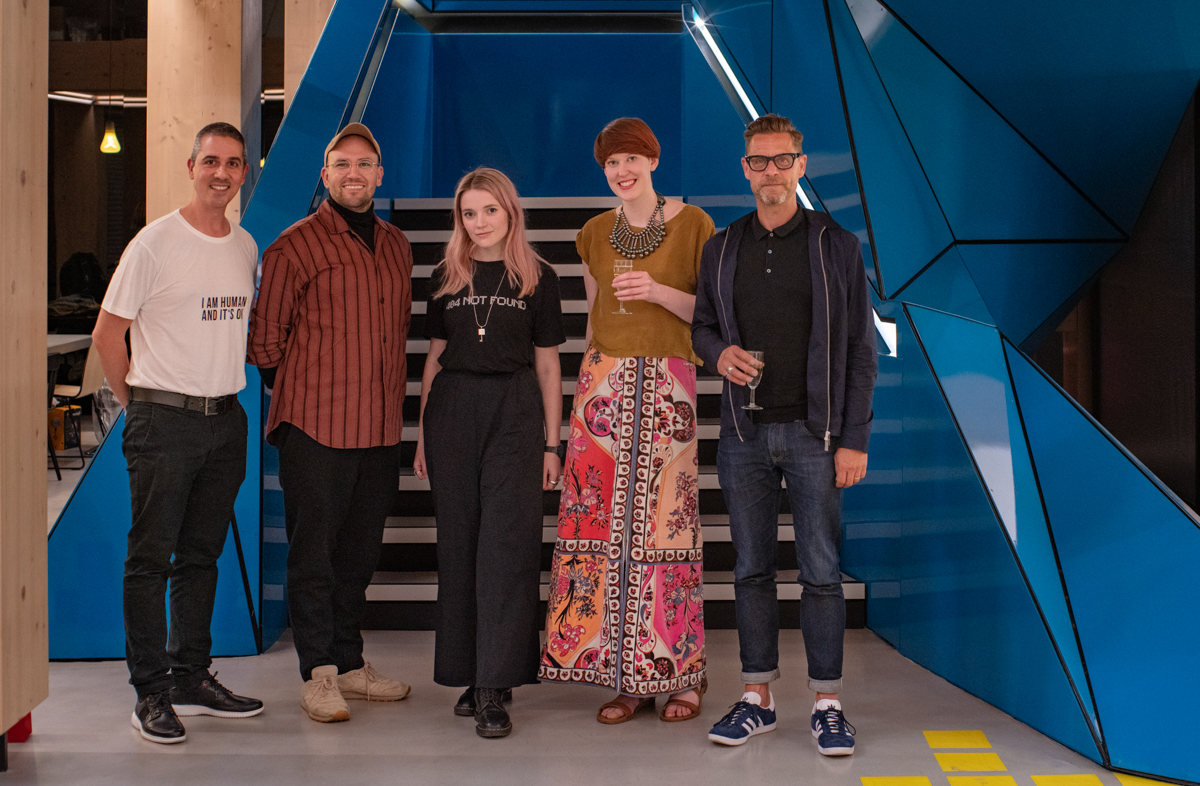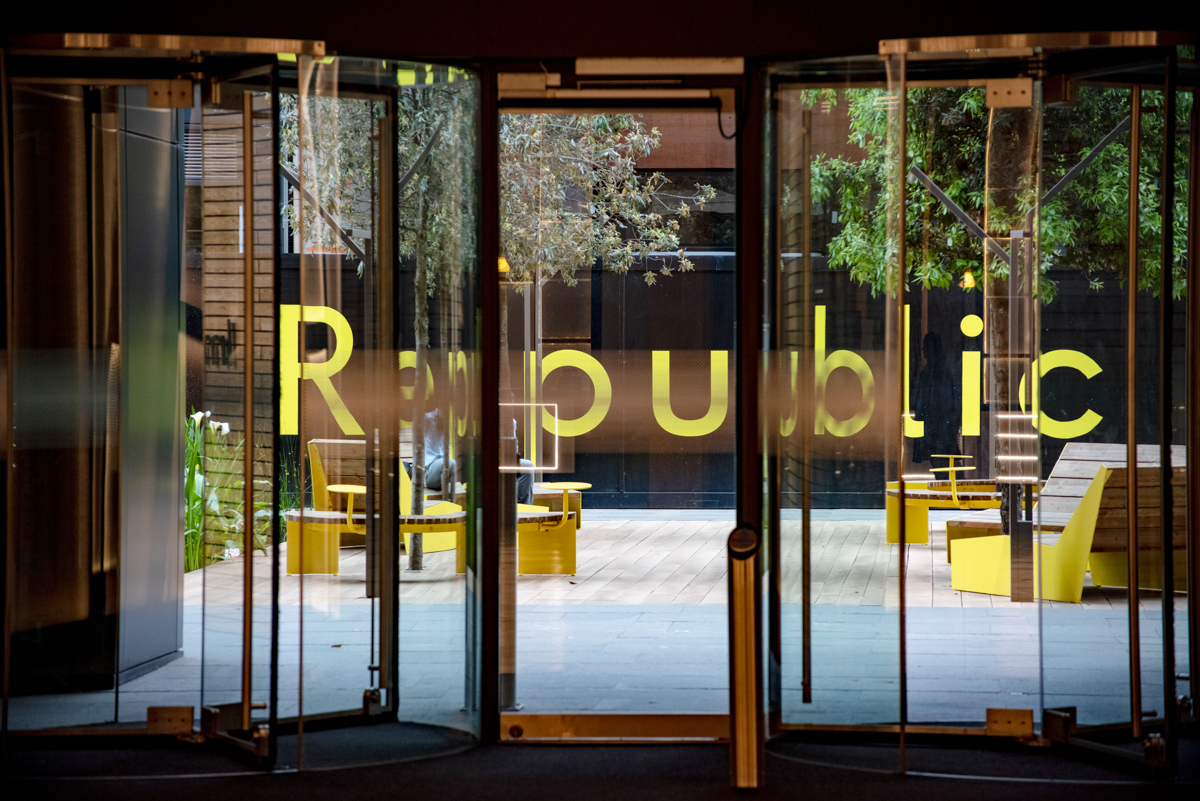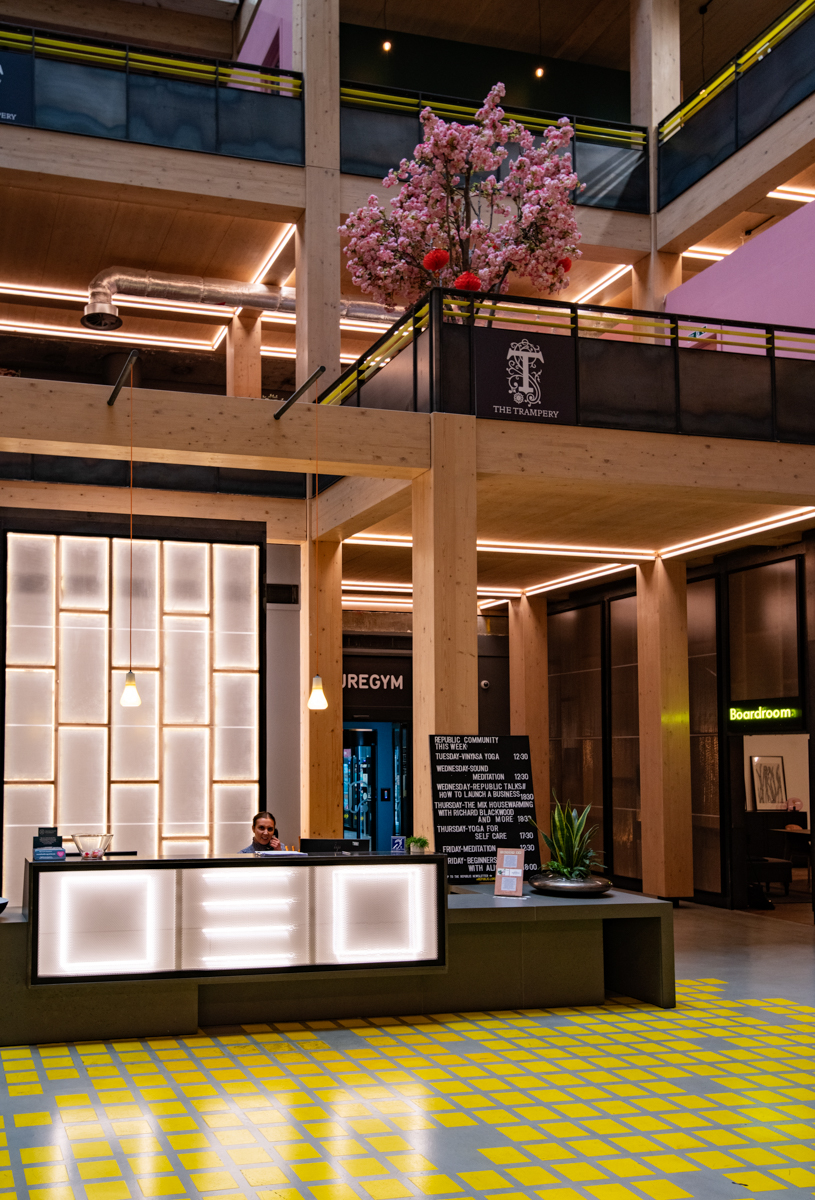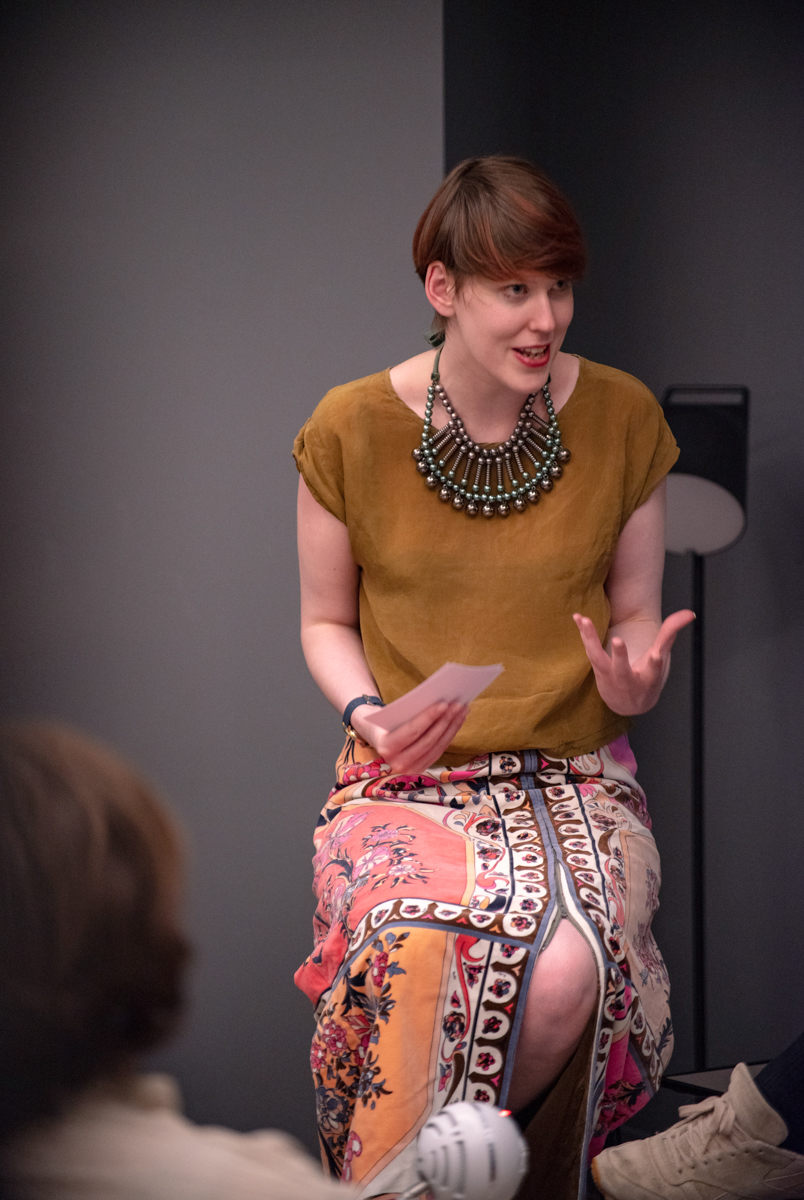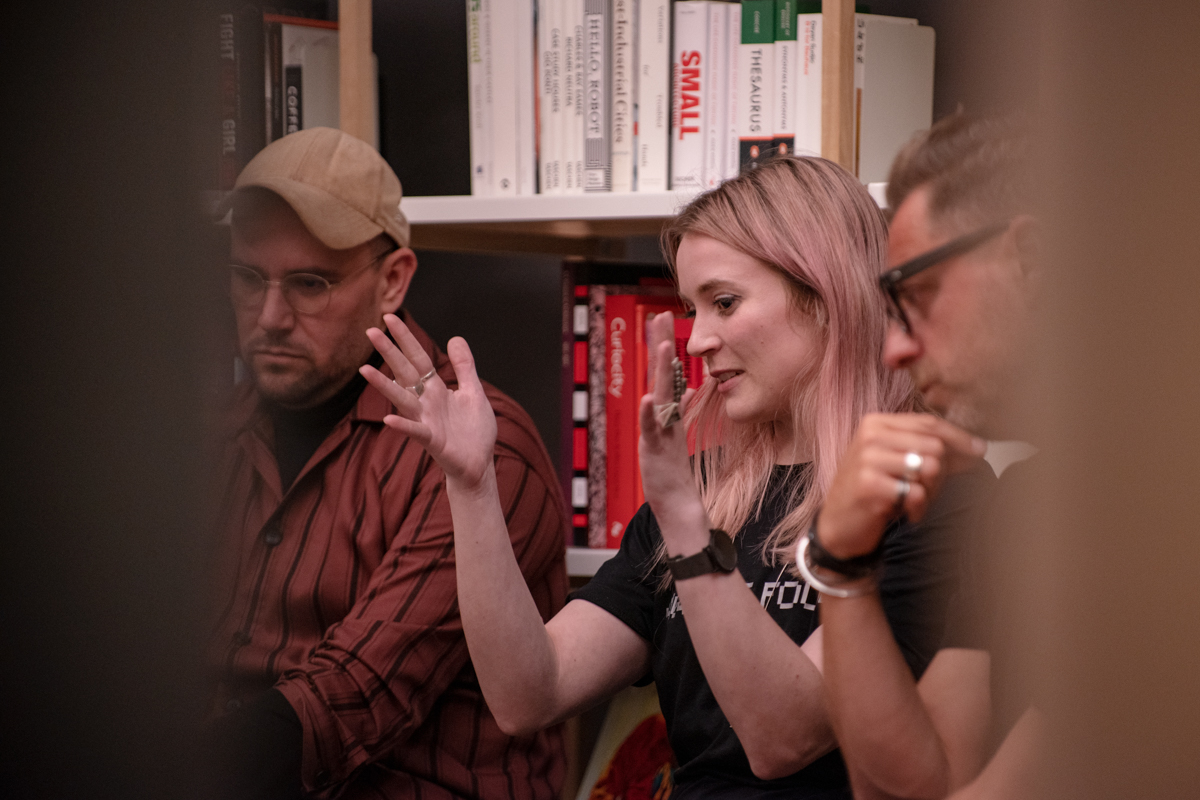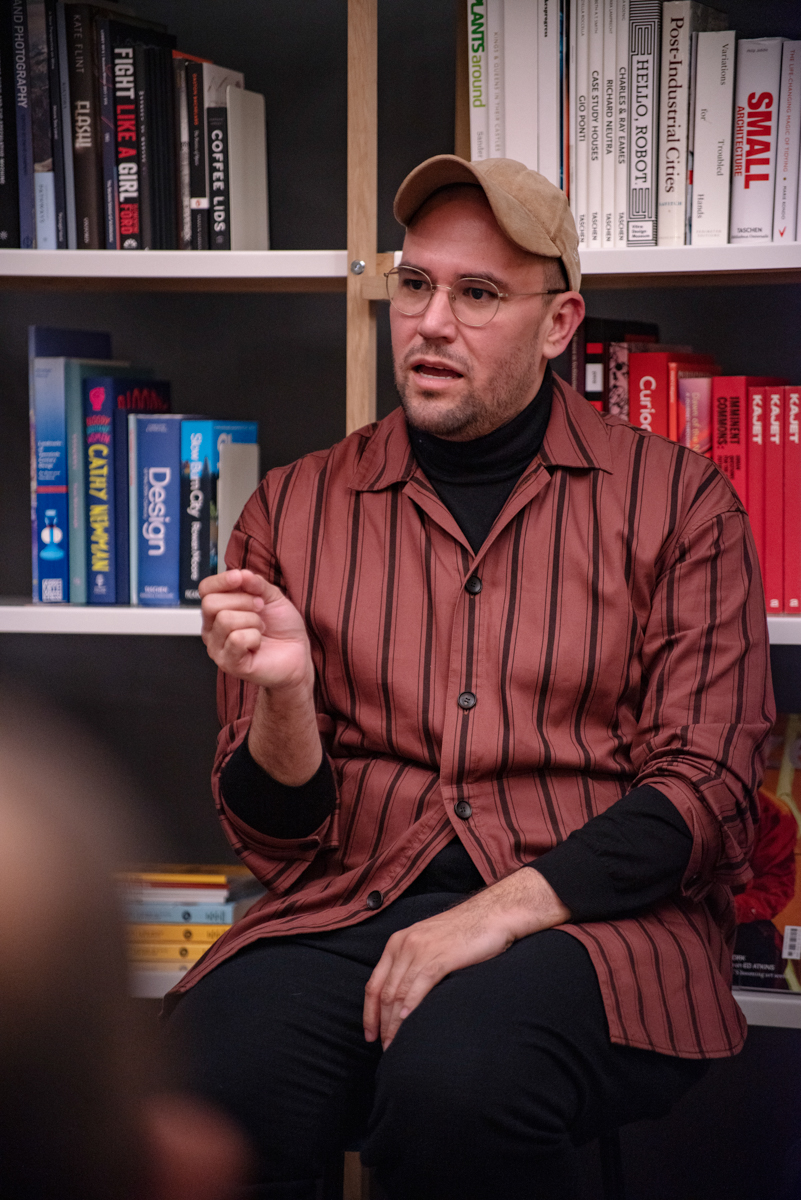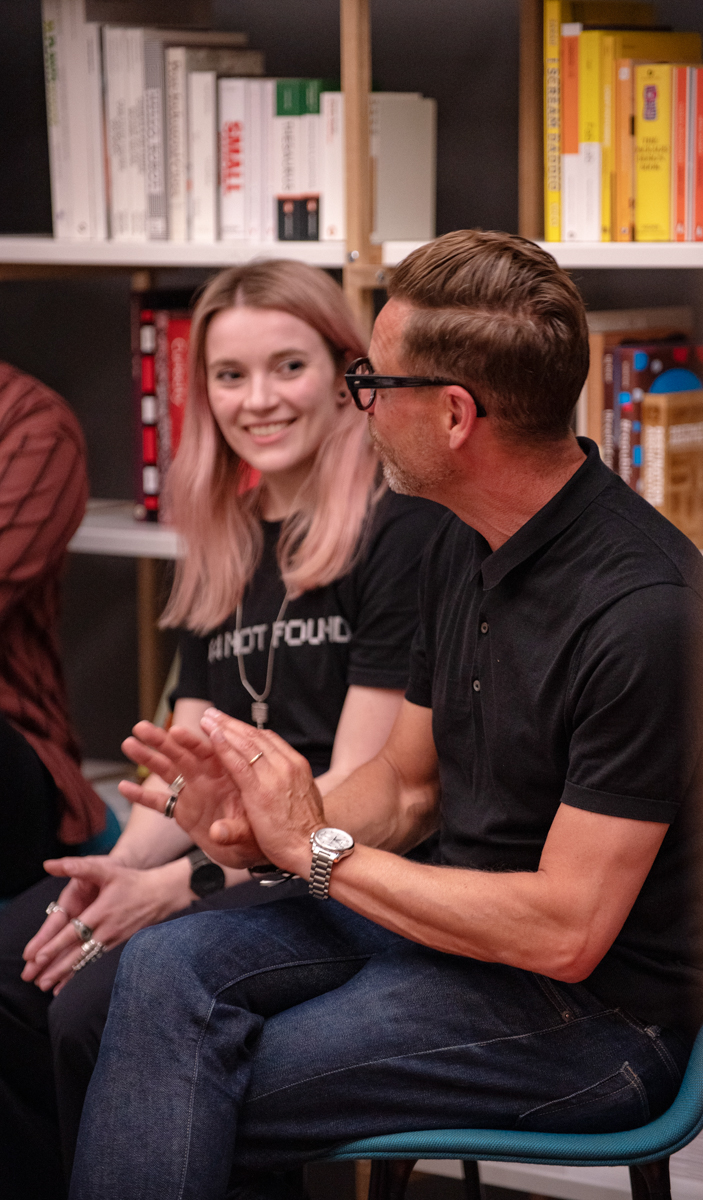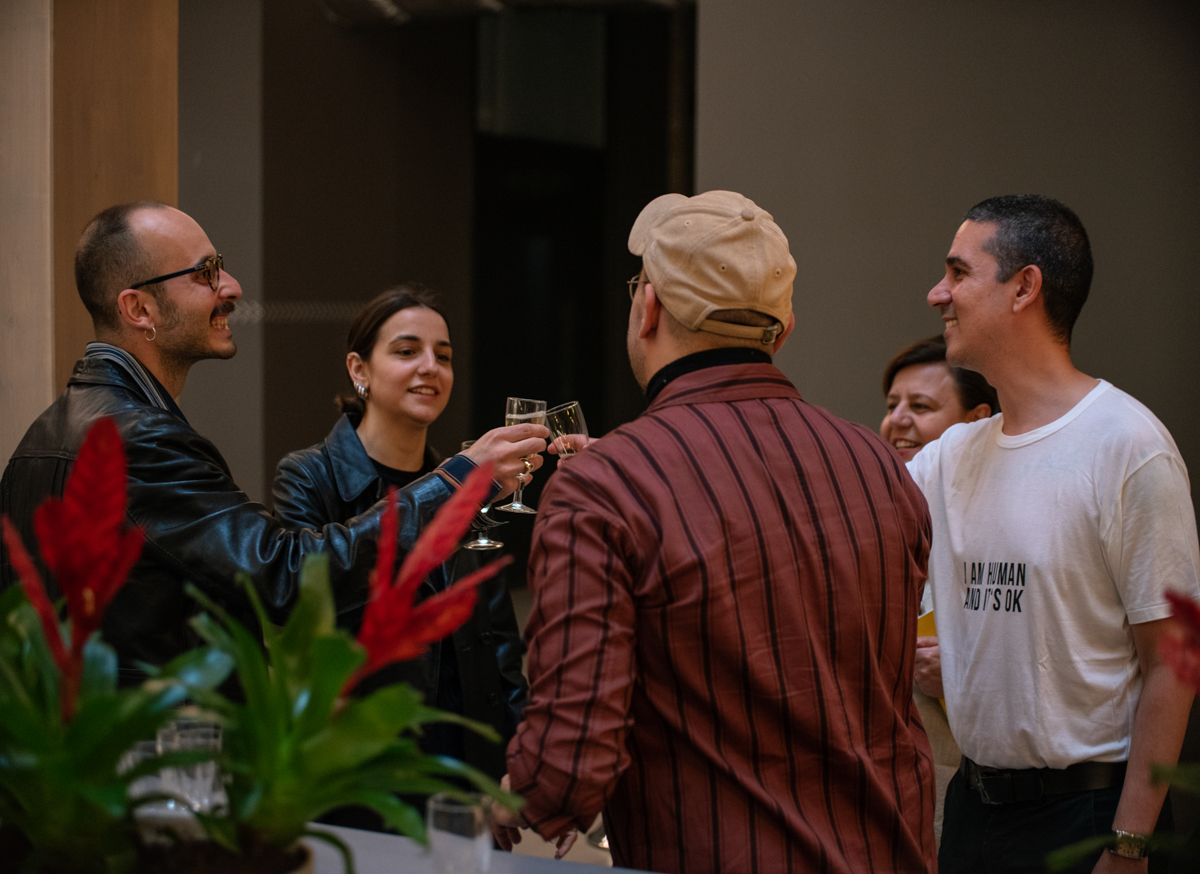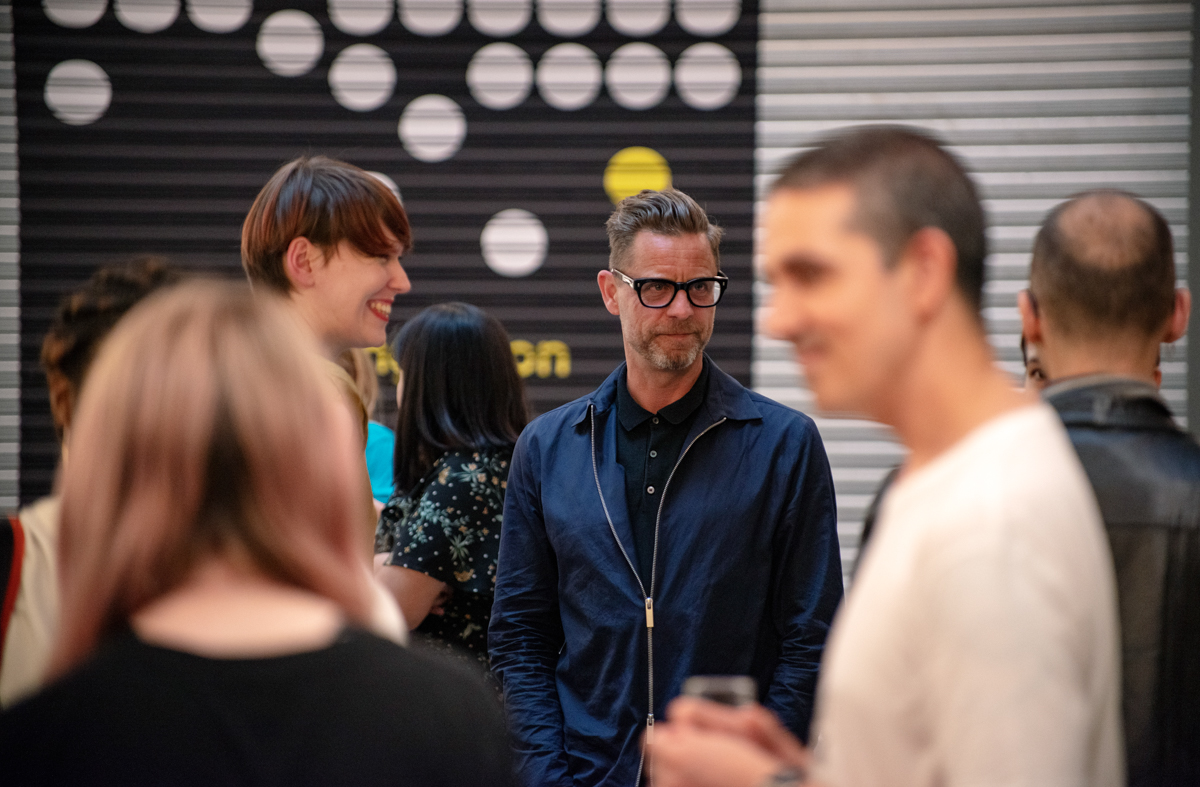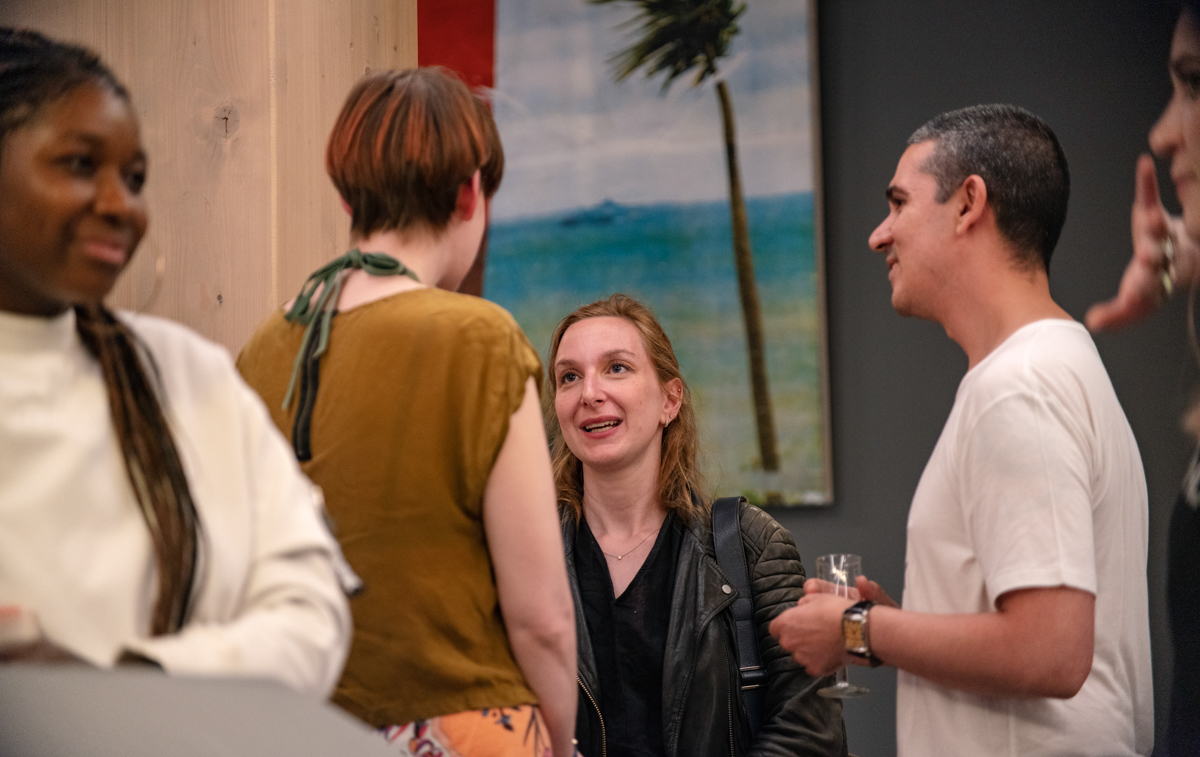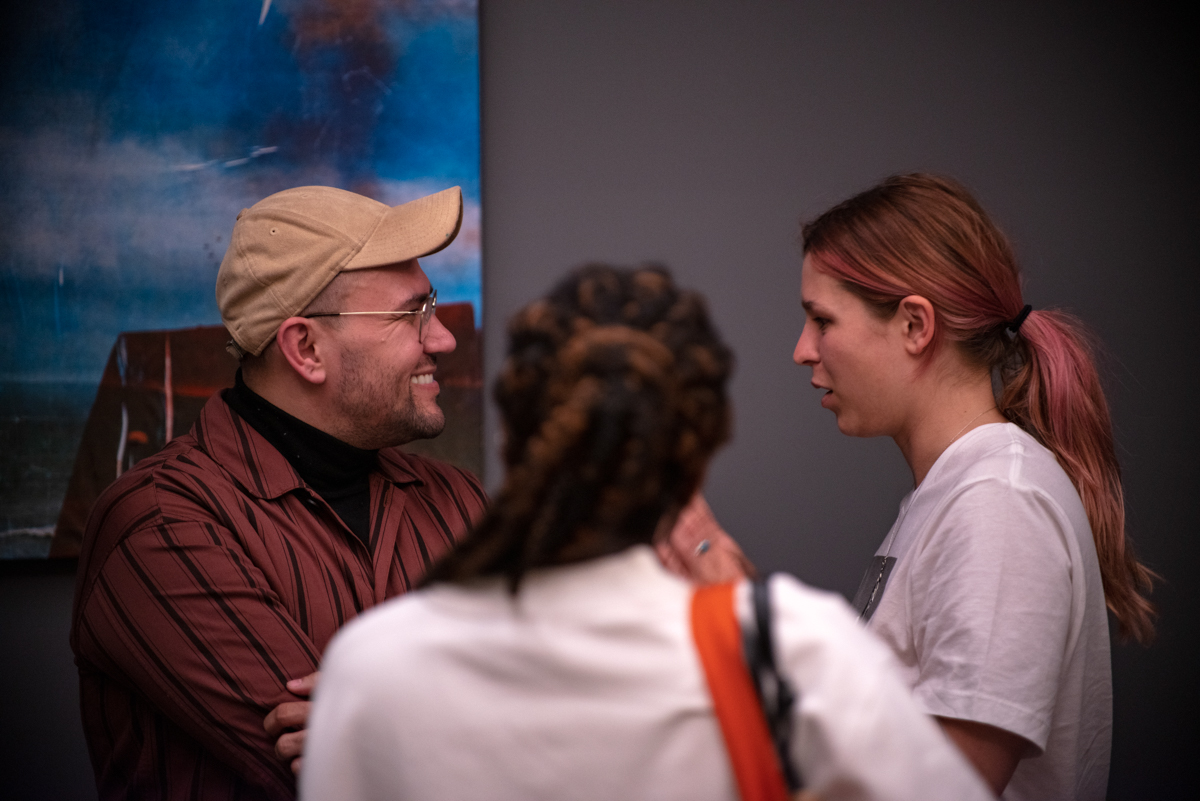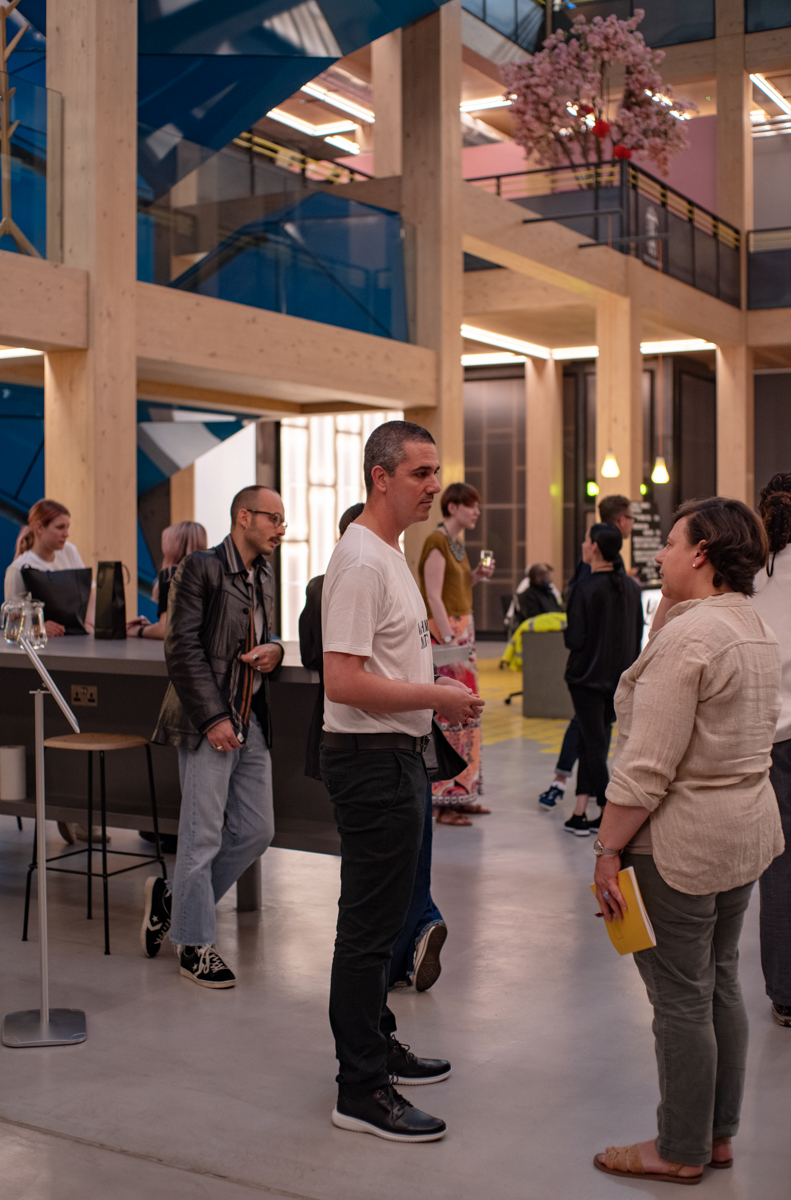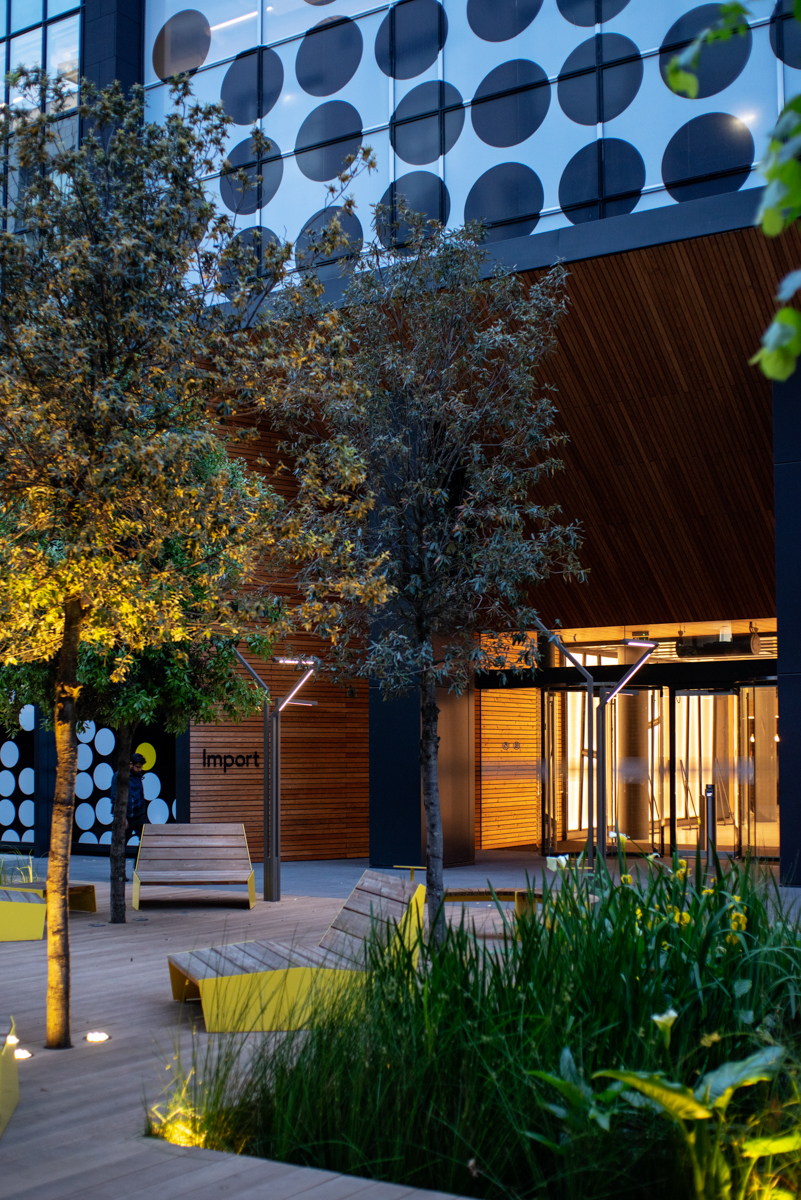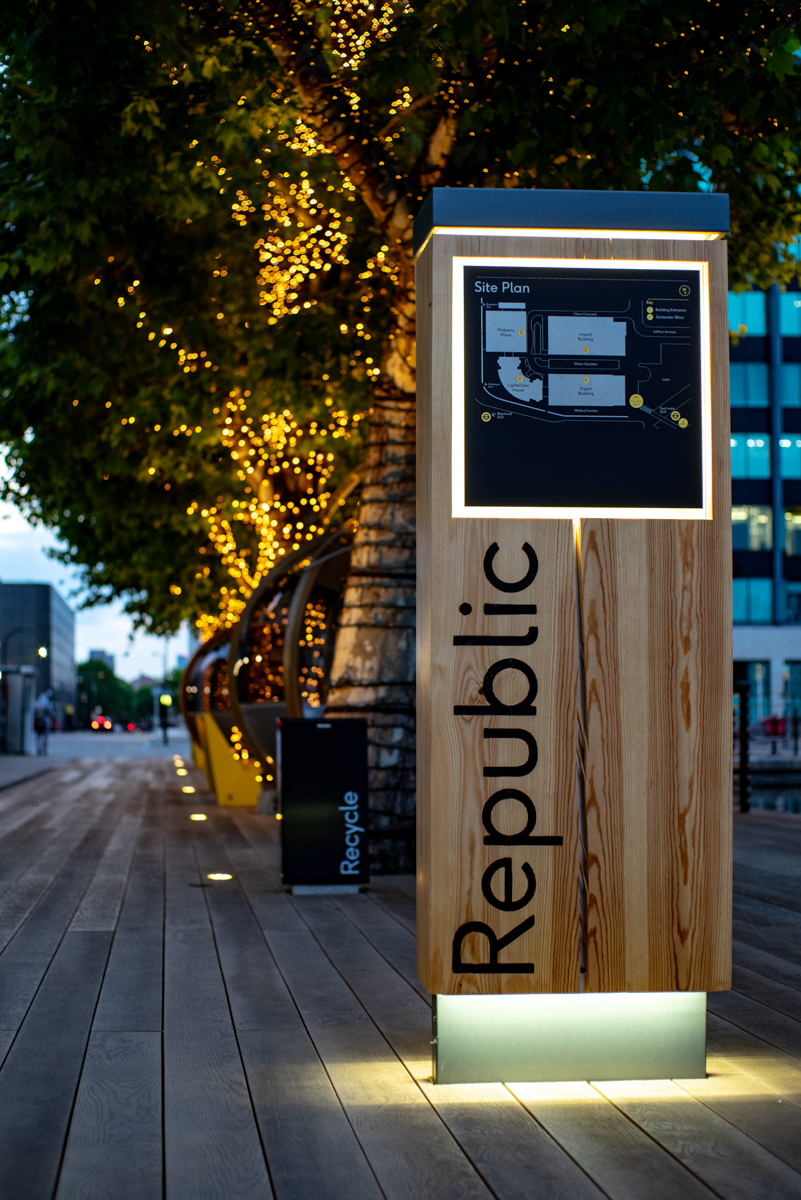One thing that all photographers have in common is our fascination with light. The pencil of nature, as Fox Talbot called the camera, literally writes with light on the sensitive surface where the image is imprinted. If there is no light, there is no photograph. Even if you use infrared technology to capture an image, the camera still needs the infrared part of the spectrum of light to record the photograph. Being able to control light is one of the most important skills in a photographer's toolkit. In a way, shaping light is our superpower.
Imagine for a second a world in which we couldn't control nor shape light. A world with no artificial light sources, no electricity, no lamps. During the day, indoor spaces would only be lit by a window or an opening nearby. But at night, everything would be in pitch darkness. If you had access to making fire, you would light a torch or a candle. If you were modern enough, you would have a gas lamp. However, these methods wouldn't render enough light to see the world the way we see it today.
This was the world we were living in when photography was invented. When Fox Talbot invented the photographic negative in the early 19th century, his experiments needed a strong light source that at that time could only be provided by the sun. Similarly, Daguerre invented the photographic process around the same time in Paris, a city that was only lit by street gas lamps.
All the art that was conceived before electricity lit our homes and streets, was created either in plain daylight or under very dim conditions. Consider the limitations and the circumstances under which your favourite artworks were created. Don't you have a new appreciation for them now?
The same way that light is essential to register the information that is visible in a photograph, darkness is important to provide volume, mood and character. As photographers, we are sometimes so obsessed with the light that we forget that the shadows play a decisive role in how our subject is perceived. My friend Facundo Bustamante always says that shadows are another element to take into account when creating an image because they provide shape to your photo.
Classic painters understood this very well, maybe because their world was so much darker than ours. In Britain, the first street to be lit with electricity was the rightly named Electric Avenue in Brixton in 1880. Over the next decades, the first switch that was flicked in most homes was the light switch. On a BBC interview, engineer Hector MacLean remembers that the instant response of his parents to the brightness was "look at the dust, we need to repaint".
If you want to create work that resembles the classics, you must recreate the environment in which the classic artists worked. Turn off all the lights and close all the curtains. Better if you do it at night. Then, gradually, start adding different light sources to your composition. As you build your image, you will see how light behaves on different surfaces and also how the shadows fill the space untouched by the light.
This is how I learned to light my subjects when I started out, and to this day it is still the technique that I use when I'm photographing someone. I start in pitch darkness or set the camera settings to leave out the available light. From there, I add the different light points working my subject as if it were a sculpture created by lights and shadows. Try it yourself. I promise you won't see light the same way again.
Photo credit: behind the scenes by Emma Steventon.
Do you like what you just read? Consider becoming a patron on patreon.com/jccandanedo where you can learn more about my creative process and the stories behind my images. I’d love to have you as part of my Patreon community.
You can also subscribe to my weekly blog posts here!






